VidThreeNorth
No longer a newbie, moving up!
- Joined
- Oct 21, 2016
- Messages
- 1,176
- Reaction score
- 214
- Can others edit my Photos
- Photos NOT OK to edit
If you want to make sense out of some of the new cameras that have shown up in the Summer, Fall, Winter of 2019, and coming in Spring 2020, then you should consider the effect of the 2020 Olympics in Japan. Note the last phrase: "Olympics in JAPAN" -- the home country of most of the camera companies in the world. This is a land where photography runs deeply in families.
Look at the latest Nikon Z50 and Canon M6 MkII and you can see "Olympics" written all over them. This is also why the Olympus OM-D, EM5 III finally came out. All these are cropped sensor cameras. Why does "cropped sensor" go with "OLympics"? Because "cropped sensors" are strong in the telephoto end. What kind of photography are you doing at the Olympics? Lemme guess: Sports? What kind of gear do sports usually need? Telephoto! Wow! And if you are a spectator, you probably want compact light weight gear. Guess what cropped sensor gear is like? Compact and light weight? Wow again!
Whatever happens next year, I do think the Japanese camera companies did some pretty good thinking about the products they wanted on the shelves in Japanese camera stores.
Look at the latest Nikon Z50 and Canon M6 MkII and you can see "Olympics" written all over them. This is also why the Olympus OM-D, EM5 III finally came out. All these are cropped sensor cameras. Why does "cropped sensor" go with "OLympics"? Because "cropped sensors" are strong in the telephoto end. What kind of photography are you doing at the Olympics? Lemme guess: Sports? What kind of gear do sports usually need? Telephoto! Wow! And if you are a spectator, you probably want compact light weight gear. Guess what cropped sensor gear is like? Compact and light weight? Wow again!
Whatever happens next year, I do think the Japanese camera companies did some pretty good thinking about the products they wanted on the shelves in Japanese camera stores.


![[No title]](/data/xfmg/thumbnail/38/38294-cb4a5aa0ded725d4c694e6eebe276f0d.jpg?1619738564)
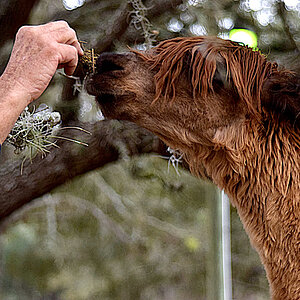
![[No title]](/data/xfmg/thumbnail/41/41889-81d59d4994c91e71aaf805b05b133966.jpg?1619739933)
![[No title]](/data/xfmg/thumbnail/38/38292-ab7b4579becf6f3bda3ef5b18219d707.jpg?1619738563)
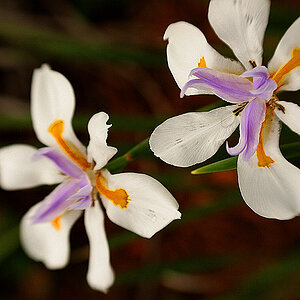
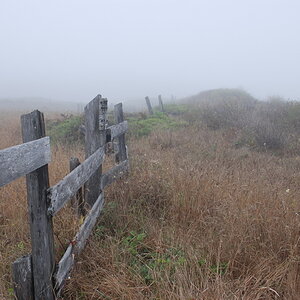
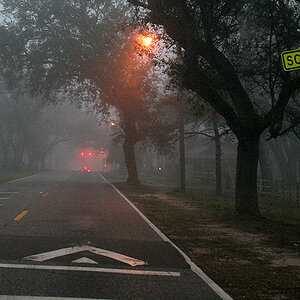
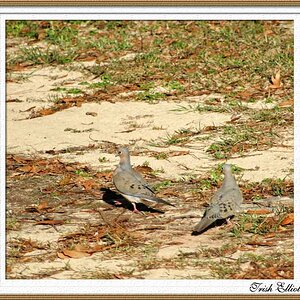

![[No title]](/data/xfmg/thumbnail/37/37631-1af996afcca522b3c5490538125d9599.jpg?1619738155)
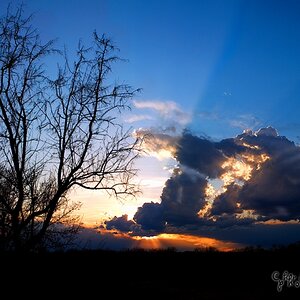
![[No title]](/data/xfmg/thumbnail/41/41930-3f8741ecabbbfd4d67ade3e339078814.jpg?1619739946)